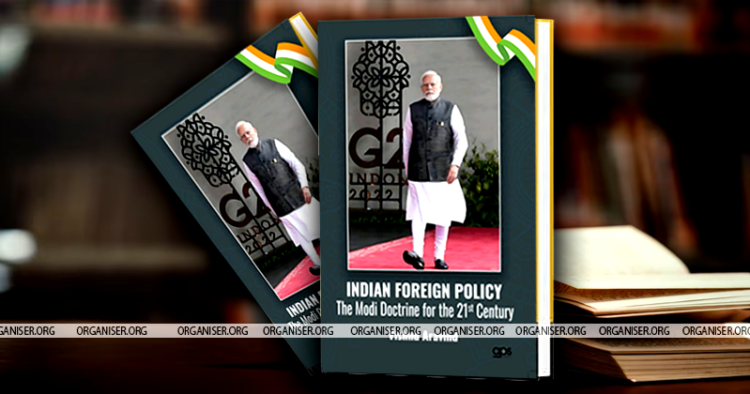It was in the second half of the 20th century that phenomena like globalisation, neoliberalism, post-colonialism etc. emerged. The post-world war also witnessed the rise of two power blocs, based on economic and political status. It led to the categorisation of the entire world into -developed, developing and underdeveloped countries. Naturally, India got lined under developing nations. Under the initiative of the then PM Jawaharlal Nehru, India framed her own foreign policy named as Non-aligned Movement (NAM).
This policy was only in name as PM Nehru had a soft corner towards the then USSR and China. Following the communist countries, the then government of India wielded economic policies like socialism, five-year planning programmes etc. which led the nation to bankruptcy. In 1992 when Narasimha Rao Govt. took strong measures through an open marketing system by signing the GATT, Thus the country entered into separate trade treaties with other nations.
Globalisation, in spite of being a modern form of imperialism and colonialism, was felt as a relief to a nation like India. This scenario continued till 2014.
The foreign policy of India has had a total shift in focus from 2014. The Modi government began a new era of our diplomacy, with a Mantra of “Nation First”. Instead of Non-Alignment Open Alignment was adopted. Through this, the government has materialised the vision of our great leaders like Dr. Ambedkar and Sardar Patel who were sharp critics of Nehruvian foreign Policy. Narendra Modi through his foreign policy is determined to uplift India to the heights of a developed nation. This could be seen reflected in every step in diplomatic relations. This foreign policy of the Modi administration is focused on issues like terrorism, climate change, energy security, border security, etc.
The book was written by Sri. Vishnu Aravind titled “Indian Foreign Policy, The Modi Doctrine for the 21st Century”, is a nutshell of India’s foreign policy since 2014. The author made a brilliant study, explaining the mode of diplomatic relations initiated by the Modi government towards materialising the vision of Sardar Patel and Ambedkar. The book consists of 10 chapters, each one explaining the involvement, engagement and modus operandi with different nations and regional organisations.
The first chapter gives a narration of Independent India’s Nehruvian foreign policy and notable criticisms made by both Patel and Ambedkar. From the second chapter onwards the author explains the Modi government’s unique form of (compared to previous governments) foreign relations under different titles- The Modi doctrine, The Neighbourhood first policy, India and global challenges, The extended Neighbourhood policy of India, The new era of soft power policy, India in the Great power Politics, WestAsia: Towrads a Pragmatic approach, the G-20: The Emergence of a Dharmic power, The Foreign Policy of India: during and Post-Amrit Kaal.
As mentioned above, each chapter of the book gives an idea of issues highlighted in every foreign visit, as well as agreements, entered into by the Indian government for tackling terrorism, issues of climate change, energy consumption, border security and also for upholding the Mantra of ‘Vasudhaiva Kutumbakam”. The 10th chapter titled Post Amruthakal deals with the great message from India that by upholding our basic Mantra and practising principles like Dharma, Sathya, and Sarvadharma Samabhavna, Bharath want a world order of open alignment.
As a beginner, the author has succeeded a lot. His study is an asset and a guideline to students in Political science and international Relations, and to those who wish to study the foreign policy of India in the 21st century. The book is forwarded by Dr. Vinodan, Prof. and Director of the School of International Relations and Politics, Mahatma Gandhi University Kottayam Kerala. The publisher is APS Books Kaloor Kerala and is priced at Rs. 290/-. The Kurukshetra Prakasan, Kaloor Kochi, Kerala has also published the Malayalam version.



















Comments